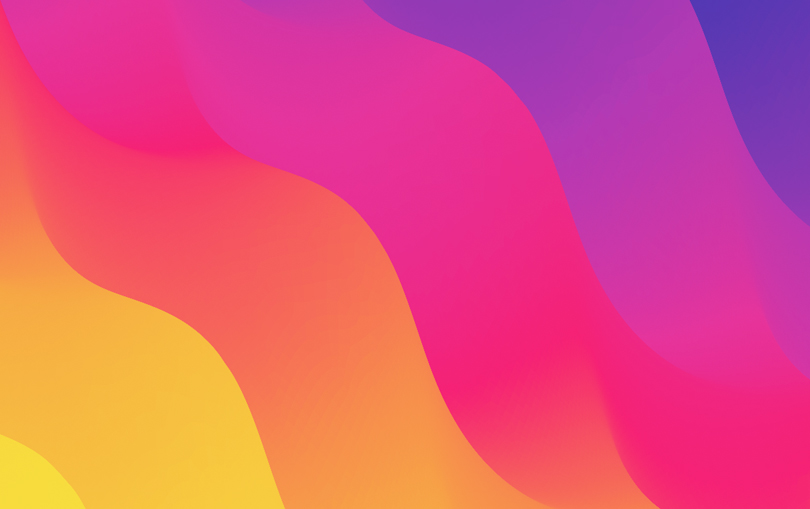Are you looking for marketing channels to strike the attention of customers? Holiday branding allows…

The Psychology of Colors
Colors are more deeply rooted than many people think; colors have unique and significant meanings. There are many things that our favorite colors suggest about us. Let’s dive into the four primary colors (red, green, blue, and yellow) and see what emotional connections we might have with each.
The Color Red
Red is most commonly the symbol of passion, love, and sometimes anger. Red is also a color used to exemplify extremes and can be used to persuade people to kick into action. The color red can also be used to grab someone’s attention as it was one of the most visible, eye catching colors.
The Color Green
Green is used to symbolize new beginnings, abundance and, of course, nature. The color green is a symbol of many different things in different countries. In some countries green is a holy color, and in others it is a lucky color. Green has always been known to signify growth, rebirth, and fertility. In some cases, green can also represent envy.
The Color Blue
The color blue is universally the favorite color of most people. Blue is known to represent sadness as well as calm. The color blue can also make a person feel cold. With different shades come different meanings. For example, dark blue can represent trust, dignity, and intelligence whereas light blue, or sky blue, can be used to represent peace, serenity, and spirituality. Due to the fact that blue is a universal favorite, it is always eye-catching when companies, websites, or advertisements use this color, and it is a great way to attract your audience.
The Color Yellow
Due to the fact that yellow is the most luminous on the color wheel, it is most commonly known to symbolize happiness and hope. In fact, many people associate the happy face with the color yellow. The color yellow also inspires creativity and optimism.
The Effects of Colors in Marketing
Simply put, color attracts attention. Research has shown that almost all people make a subconscious judgment about a product, environment, and even a person within the first 90 seconds of viewing. This is due to individuals being highly visual creatures, and therefore, our nervous system requires input and stimulation. That is why we tend to become disinterested or bored in the absence of a variety of colors.
Colors also engage consumers and increase participation in a brand’s advertisement. This is because color attracts the attention of these consumers. Colors are also now being used to increase brand recognition. For example, the Barbie brand is recognized for using the vibrant color pink. Case studies have shown that when brands input an expected color change, they tend to increase their sales. Overall, colors can have a massive impact on the marketing of products or brands.




This Post Has 0 Comments